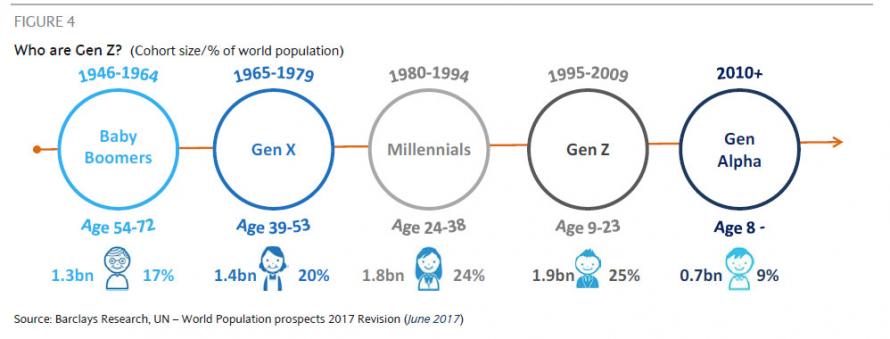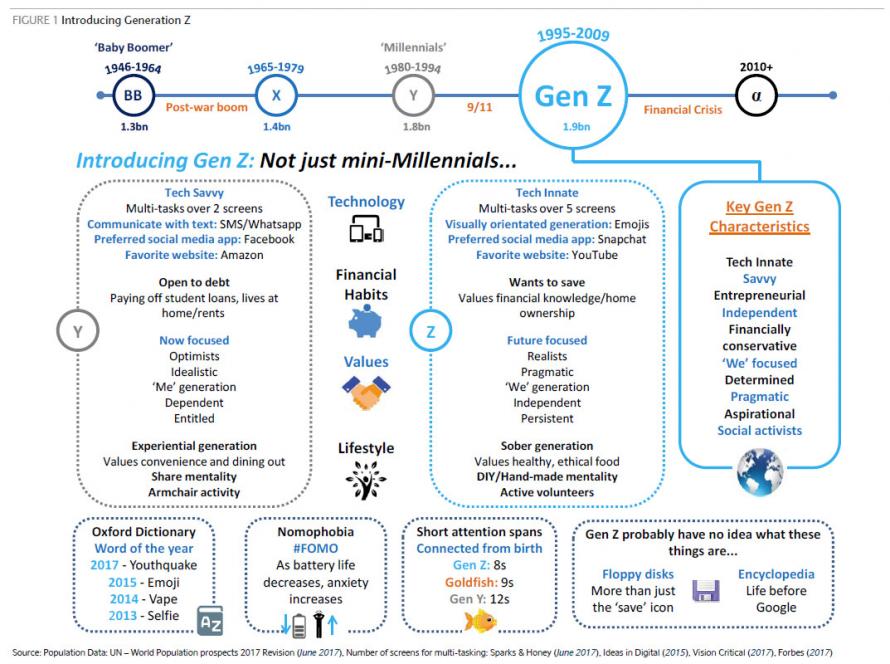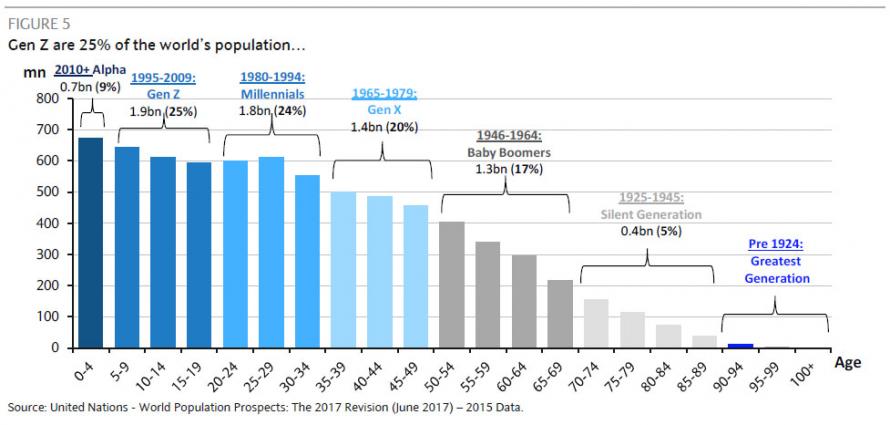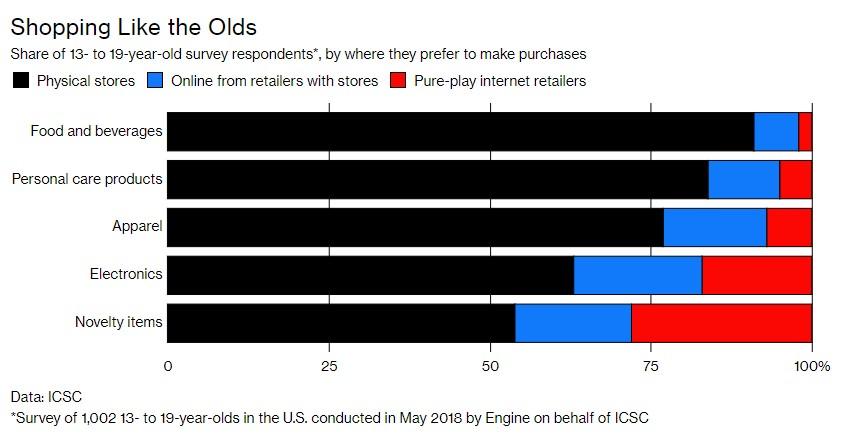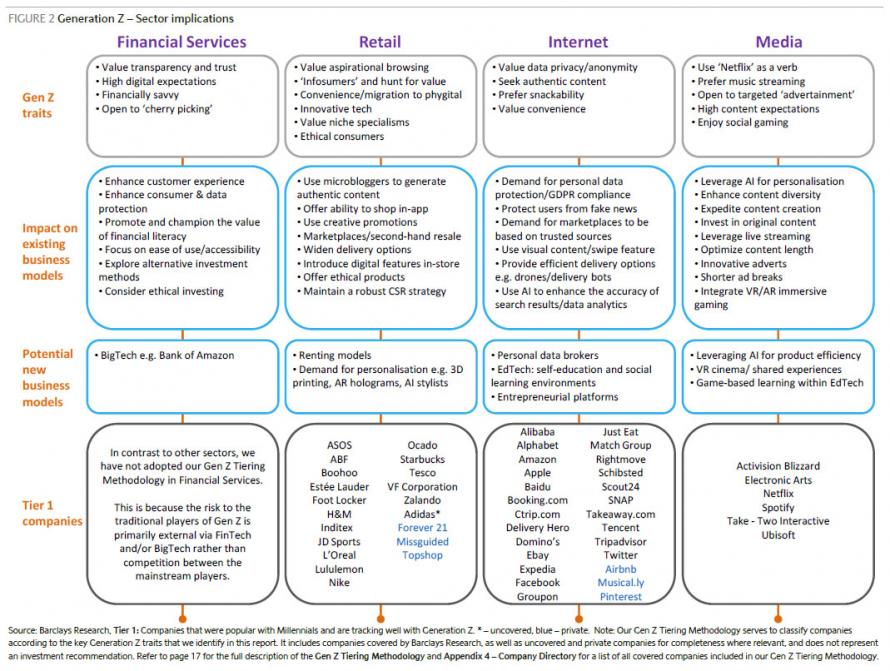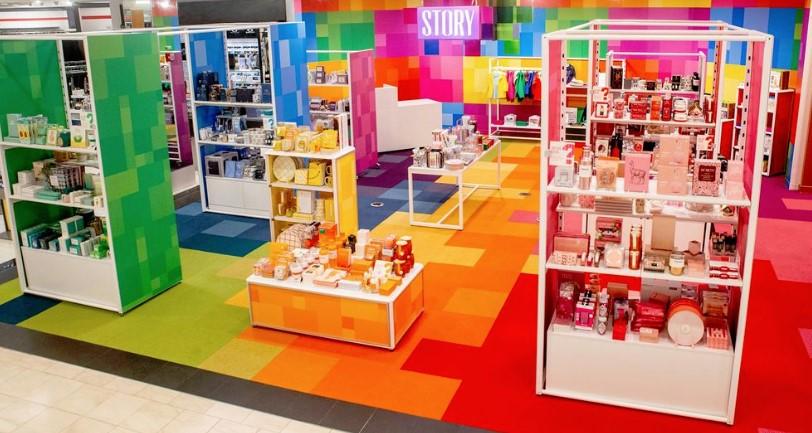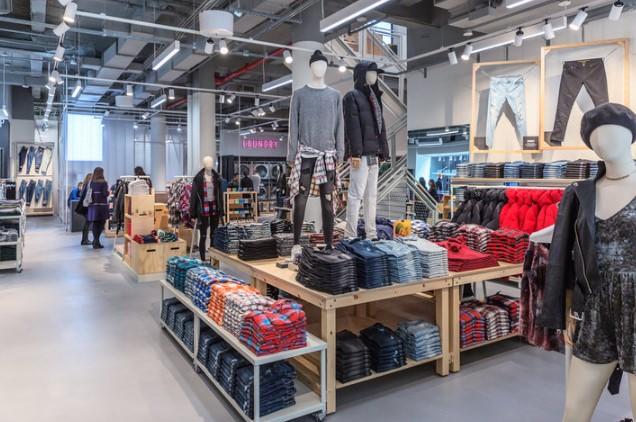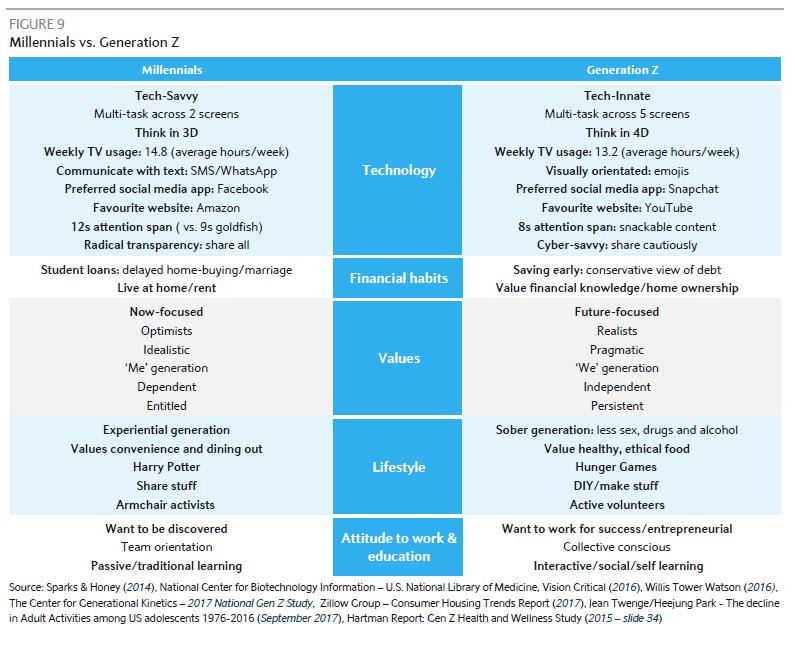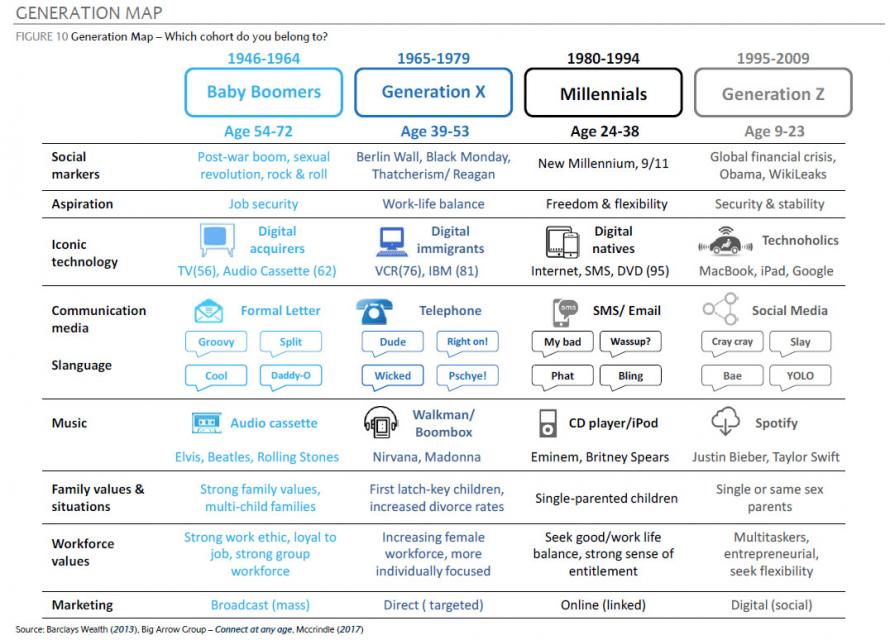Make no mistake, Generation Z is the future of commerce.
They’re already reshaping the alcohol industry, positioning as first movers in the marijuana industry and advocating for companies to take political stands. But the wildest trend set by Gen Z is the fact that they love the shopping mall, according to Bloomberg.
Nearly all, or some 95%, of Gen Zers visited a physical shopping center during a 3 month period in 2018. This compares to just 75% for millennials and 58% for Gen X. What’s more, they say they genuinely like it: going to a brick and mortar store was found to be a better experience than shopping online for 75% of Gen Z shoppers.
Neil Saunders, an analyst at GlobalData Retail said: “There’s always been this assumption that as you go through the age spectrum, the younger consumer that has grown up with online and digital and is very savvy would shun physical experiences. But actually that’s not turned out to be the case.”
Gen Z interacts differently with stores than Gen X parents before them, and some companies that didn’t understand this have found themselves going under: names like Charlotte Russe, Wet Seal and Claire’s, have all been victims.
With regional mall vacancy rates at 9.3% in the U.S., the pressure to adapt is on. Many names are doing this by embracing smartphones. Since Gen Z spends an inordinate amount of time on their phones, savvy retailers have created promotions around it.
For instance, Forever 21 encourages phone-in-hand shopping by offering 21% off to anyone who takes a picture of themselves in a Forever 21 outfit and posts it with designated hashtags, then shows the cashier at the register. The results have been stunning: on Instagram, the #F21PROMO has been used about 20,000 times. One person on Twitter, who hid her face, even said: “my mom is making me do this for 21% off.”
Digital coupon company RetailMeNot is also responding. They can send push notifications to shoppers when they’re in a mall to alert them to discounts. A recent survey showed that 91% of Gen Z shoppers are searching for deals on their phones while shopping, so this promo fits that ethos perfectly.
Stores are even changing their designs to make them more “Instagram worthy”. Macy’s, for instance, rolled out “Story” in 36 of its locations – a colorful themed shop-in-shop to attract more people to take photos. It’s a brightly painted 7,500 square foot space in the company’s flagship Herald Square location.
The area includes a pillar completely made of Crayola crayons, a pingpong table, a rainbow tunnel, hot dog-shaped pet toys, purses that charge phones and self-help books on how to cure hangovers. Macy’s Chief Executive Officer Jeff Gennette calls the items in the area things that “nobody needs but are going to want”.
“You just don’t have the same predictability that you have in some of the department store square footage. You can always show up and find something different,’’ he said.
Stores are also letting Gen Zers customize their shopping experience, as these shoppers want products tailor-made to their tastes and interests. Marcie Merriman, an EY consultant who specializes in the Gen Z consumer said: “In the past, it has been a little more cookie-cutter. Now, for today’s teens, their mind just goes to a very different place because of their expectation that anything is possible.’’
In American Eagle stores, shoppers can take their jeans to a counter where they can customize them by embossing them, adding paint or adding patches. Activewear company Champion has trained associates to press and embroider its logo anywhere customers want on hoodies or sweatshirts. Levi Strauss & Co. also put tailor shops in most of its stores to entice consumers to add monogram stitching to products. Finally, Tiffany & Co. invested in a program to allow shoppers to customize jewelry beyond just engravings. CEO Alessandro Bogliolo said: “You can have your bracelet, ring or piece of jewelry personalized.’’
Gen Z is also looking for a good deal – and that means sometimes shopping secondhand. Stores are recognizing this trend, too. Neiman Marcus just bought a minority stake in Fashionphile, a company focused on pre-owned luxury handbags and accessories.
CEO Geoffroy Van Raemdonck said: “The customer who participates in buying secondhand products are younger. That’s usually their first time of entering the luxury market, and we aim to introduce them to Neiman Marcus—and ultimately to transition them to buying products of the season at Neiman Marcus. It’s clearly a recruitment effort.’’
Neil Saunders, an analyst at GlobalData Retail concluded: “The more traditional retailers haven’t really thought about this particular generation as an attractive target. They haven’t really thought about what this group wants out of a shopping experience. I think that’s starting to change now.”

via ZeroHedge News http://bit.ly/2vmZJxq Tyler Durden
